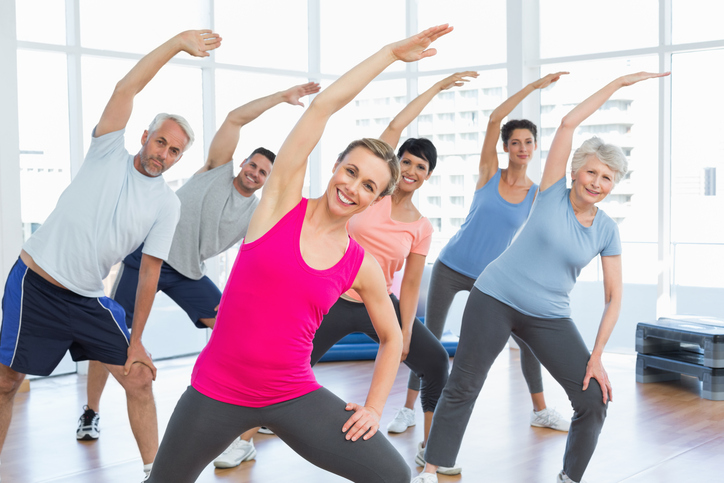Call us at: 559-450-3000
Fitness
According to the U.S. Department of Health and Human Services, physical fitness is defined as “a set of attributes that people have or achieve that relates to the ability to perform physical activity.” In other words, that number on the scale is only a piece of the body’s puzzle.

Getting started may be the most difficult part of any exercise program. Seek expert advice, learn or train with an exercise specialist at your local gym. Be sure to research what is available at your local hospital and talk with family and friends about personal referrals
The following table highlights different types of exercise and how each benefits your health.
| WHAT IT IS | WHAT IT DOES | HOW TO IMPROVE | |
| Muscle Strength | The ability of the body’s circulatory and respiratory systems to supply fuel during physical activity |
|
Exercise using free weights and resistance bands (or use your own body as resistance by adding sit-ups and push-ups to your routine) Always warm up and stretch before exercising |
| Muscle Endurance | The ability of the body’s muscles to contract for extended periods of time |
|
Plan full-body workouts that include all of the muscle groups. Change your strength-training routine every month to continually increase endurance |
| Cardiorespiratory Endurance |
The ability of the body’s heart, blood vessels, and lungs to supply fuel during sustained physical activity |
|
Aerobic exercise (walking, running, etc.) Dancing Swimming Bicycling |
| Body Composition | The relative amount of fat verses muscle, bone, and other vital body parts |
|
Aerobic exercise (walking, running, etc.) Resistance exercise |
| Flexibility | The range of motion around a joint in the body |
|
Always stretch before and after exercise. Avoid hunching over when sitting |
